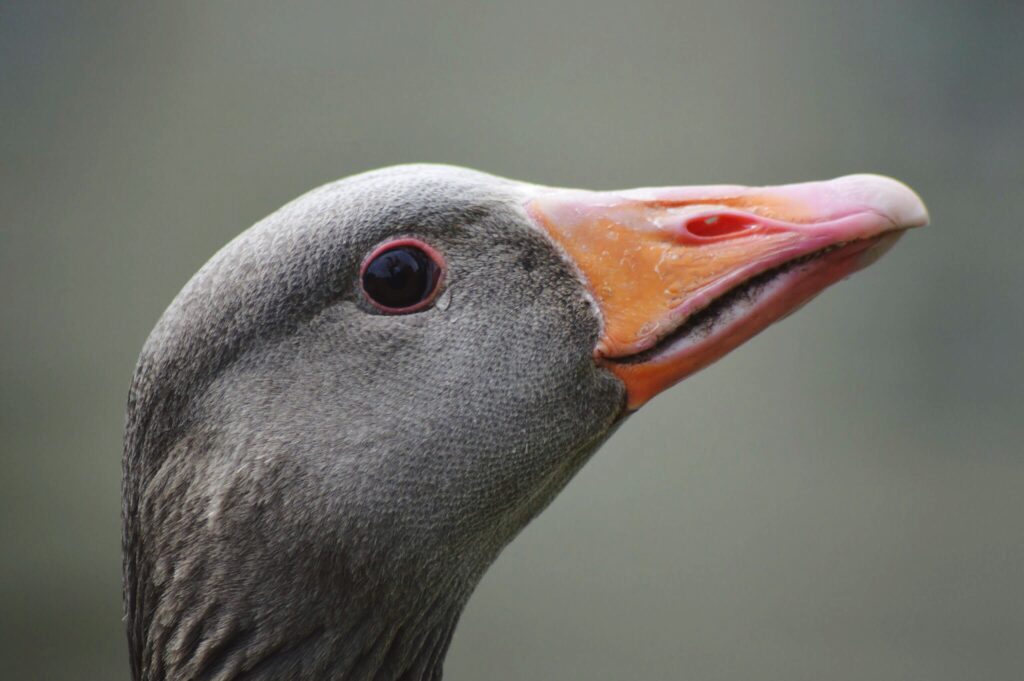With the current meteoric rise in the usage and popularity of generative AI, it sometimes feels like there’s no limit to the potential uses for artificial intelligence. Not all AI is built for painting or chatting, though. Some intelligent software is designed to simply recognize patterns and respond dynamically. It is these AI programs that often find broad scientific applications.
Related Article: Could Timing Be the Key to Reducing Bird Wind Turbine Fatalities?
I recently reported on the increasingly popular Bird Buddy AI-powered birdfeeder and its associated application. This neat new technology uses AI to monitor visitors to birdfeeders, identify them, and even post them to the app, allowing birders to feeder watch birds of all sorts from any corner of the globe. Now, a new application for powerful pattern-recognition AI has emerged.
When you look at a human face, your brain easily identifies differences in its structure, allowing you to recognize this person as unique amongst other faces. When you look at one Greylag Goose versus another, they are likely indistinguishable. But for geese, it turns out, facial recognition is an important social skill.
A recent experiment mapped the faces of more than 6,000 Greylag Geese. The resulting software is able to identify a goose’s individual face within a 97% accuracy rate. This allowed researchers to test whether geese are able to recognize each other by face alone. Without the cues like sound or body language, geese were shown life-sized images of their mates and of themselves. When encountering their mate’s image in a grassy field, the geese would perform expected social behaviors and comfortably approach and graze. When shown pictures of themselves — a goose that they are guaranteed not to have ever met socially before — the geese would hiss and approach cautiously.
This tells us that visual recognition is a major factor in the social lives of these animals. The potential applications of this information are vast. Researchers have suggested that photographs of familiar geese might be able to reduce stress from isolation for geese in captivity. Showing photographs of a new companion might also serve as a safe way to “introduce” two birds that have not yet been housed together.
In the future, this technology is planned to be applied to Cape Barren Geese in Australia. The Cape Barren Goose is a vulnerable species and one of the world’s rarest geese. Emerging technologies offer the hope that new insights might be gained form these birds that could help preserve their populations and secure their future.
Popular Article: Unusual Hybrid Hummingbird Discovered in Peru

